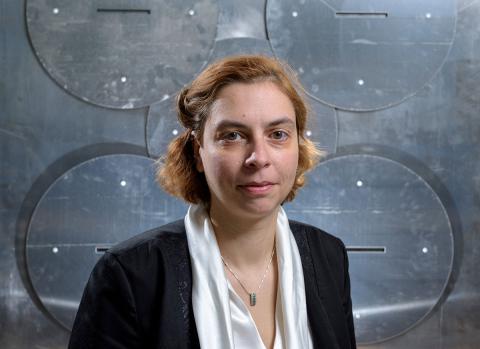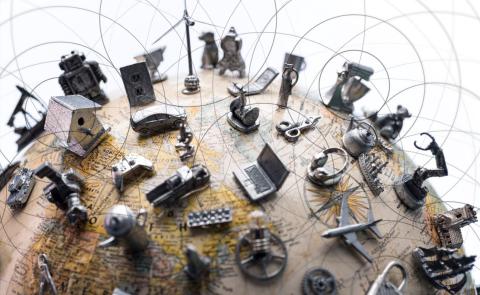New technologies under development at Georgia Tech are helping protect and connect electronic devices everywhere.
From his office five stories above Fifth Street, Gee-Kung Chang looked out over the ever-growing collection of office buildings that comprise Georgia Tech’s Technology Square in Midtown Atlanta.
Every lobby, office, and hallway in the area could someday host numerous internet-connected sensors, cameras, or control systems as businesses begin to roll out more and more internet of things devices and systems.
“In Tech Square alone, you could have hundreds of thousands of sensors, measuring the temperature of each room, turning on and off lights and cameras, locking and unlocking doors,” said Chang, a professor in the School of Electrical and Computer Engineering.
During the next five years, internet of things products will grow in number to account for more than half of the world’s 27.1 billion internet-connected devices, according to a recent forecast from Cisco. In fact, at some point, it may be easier to count the objects not connected to the internet than the ones that are, said Alain Louchez, managing director of Georgia Tech’s Center for the Development and Application of Internet of Things Technologies (CDAIT).
“This is what I mean when I say that the internet of things will give rise to a pulsating world — devices all over constantly sending and receiving data,” he said.
As that internet of things wave approaches, Georgia Tech researchers are exploring the implications of a connected world — from finding ways to keep hackers at bay to developing the next-generation of wireless and cellular networks capable of supporting so many new devices.
Read the complete article in Georgia Tech's Research Horizons magazine.
Additional Images

